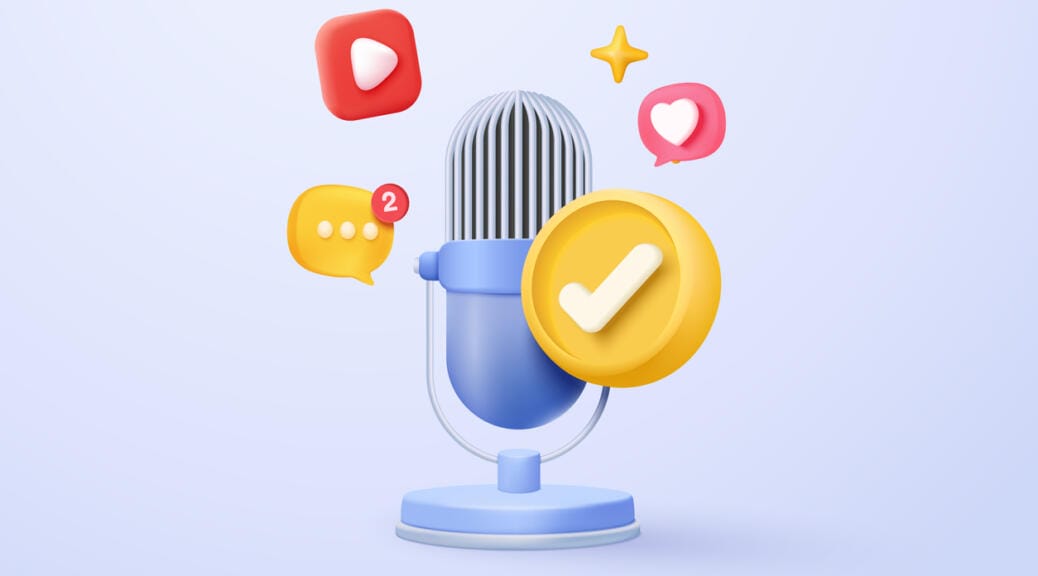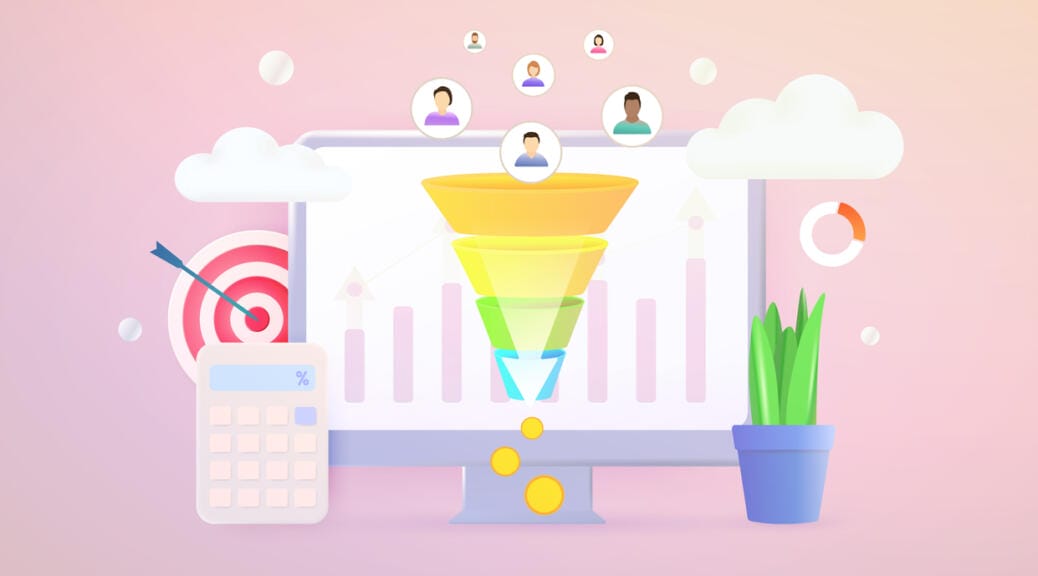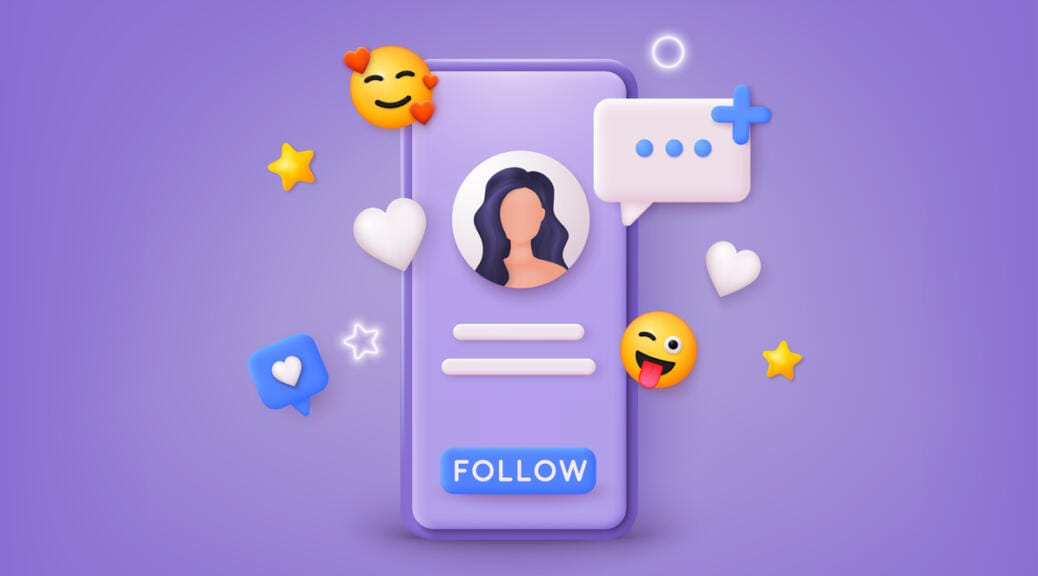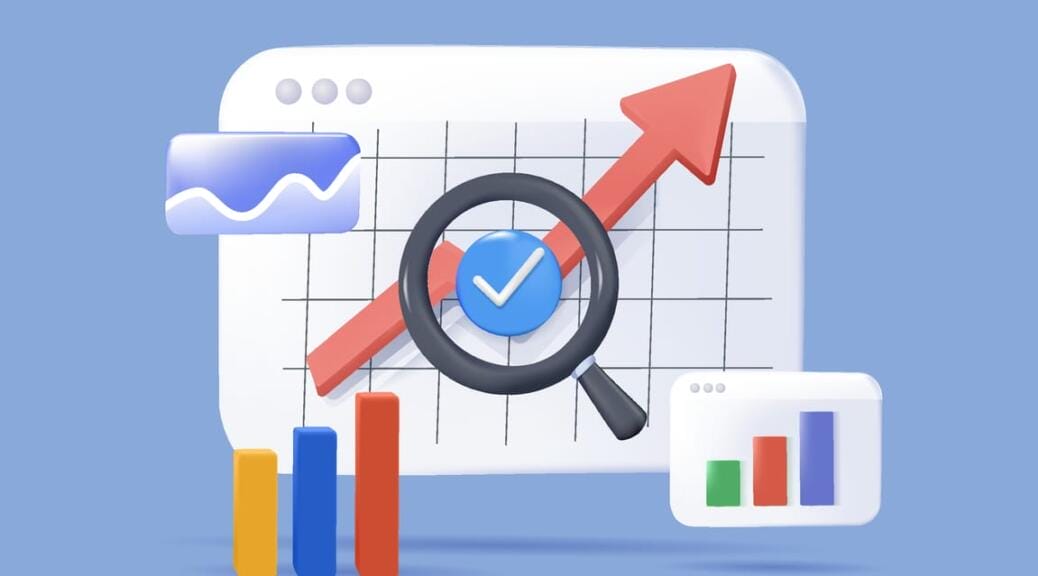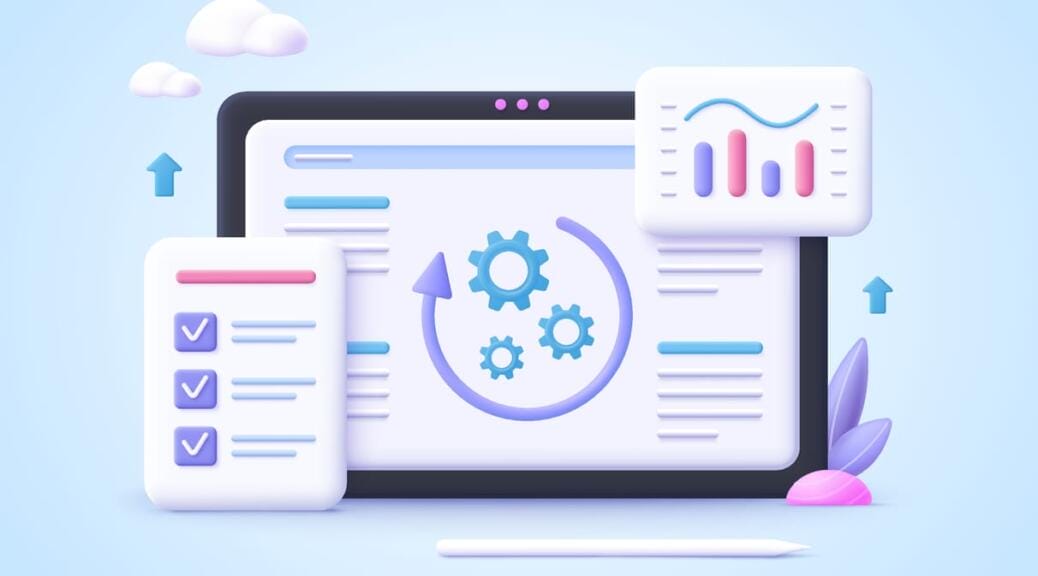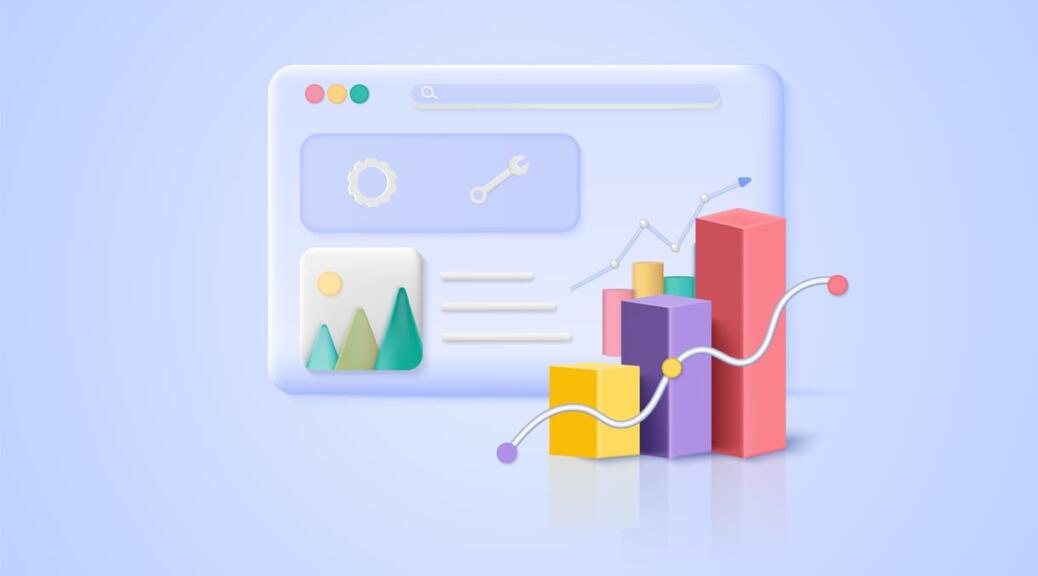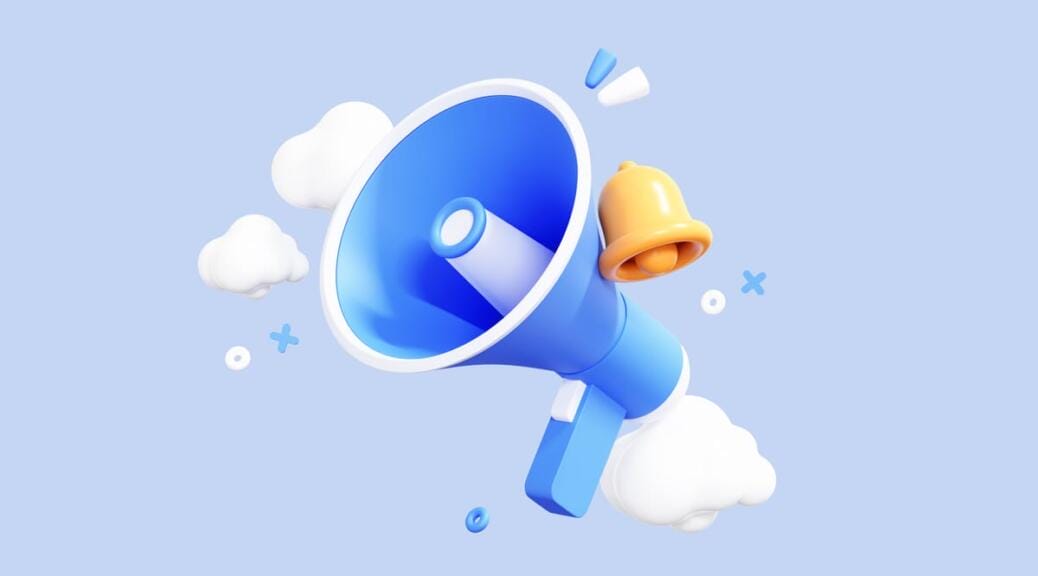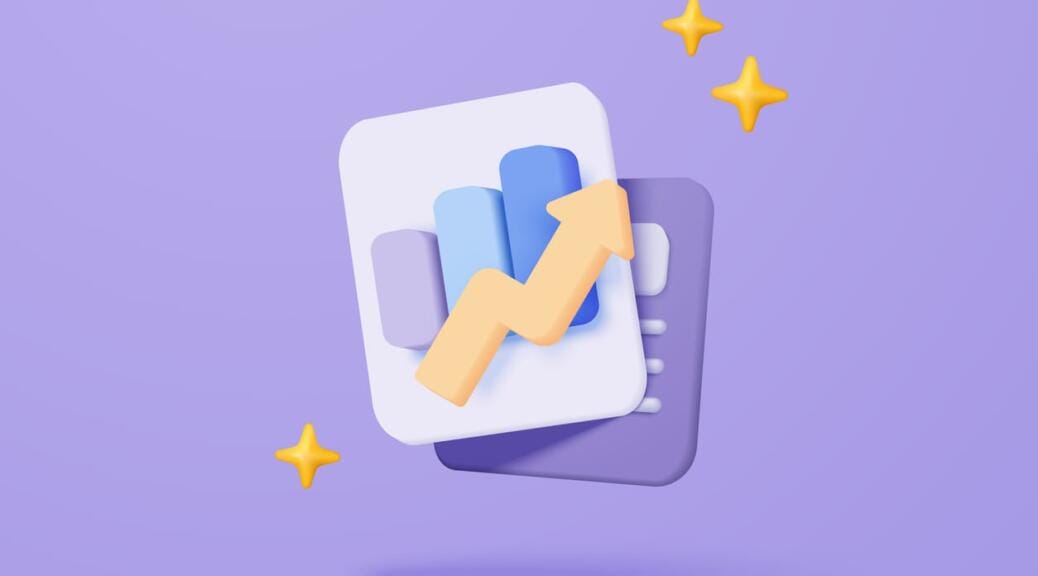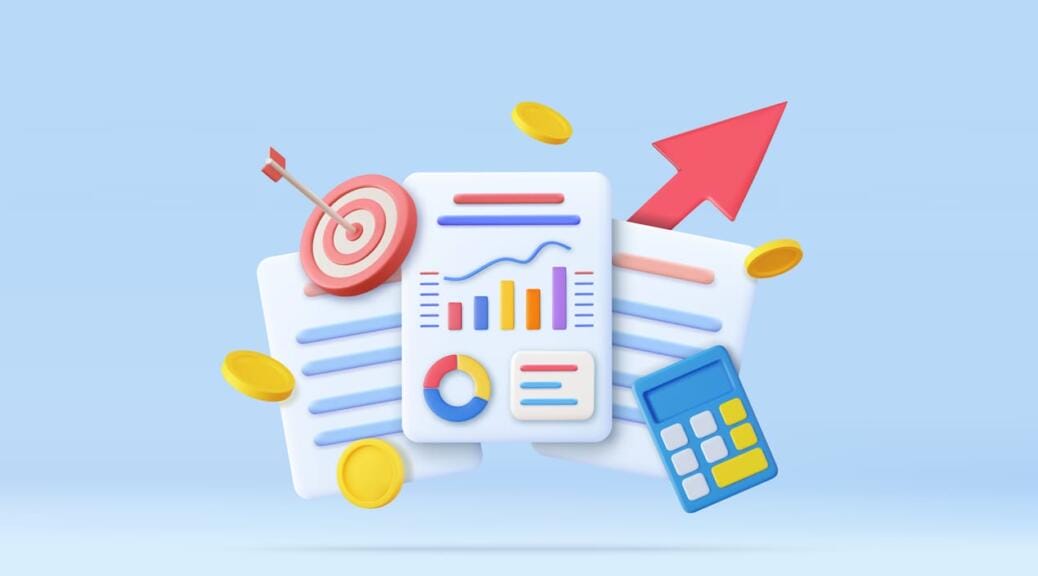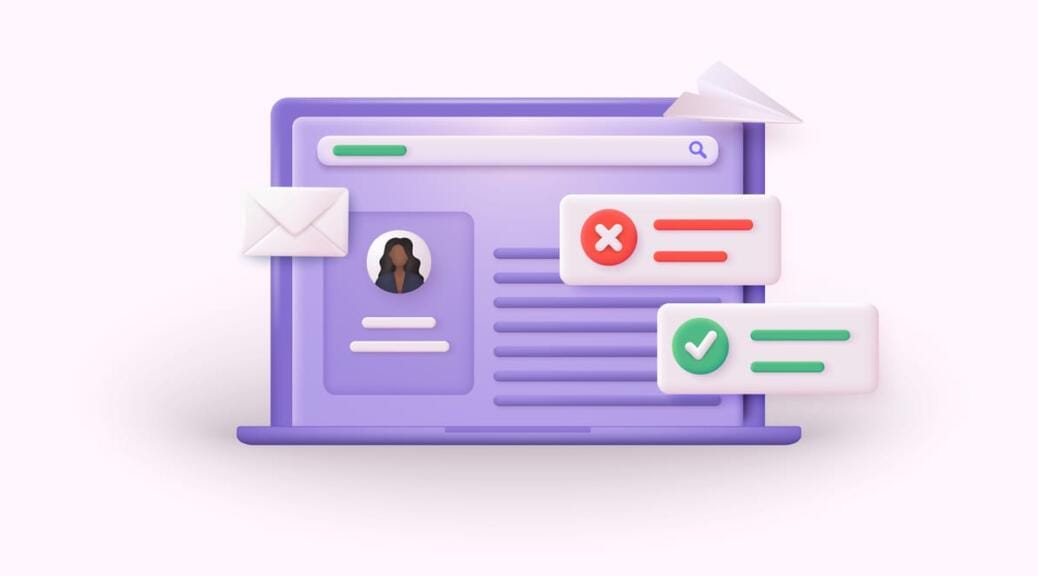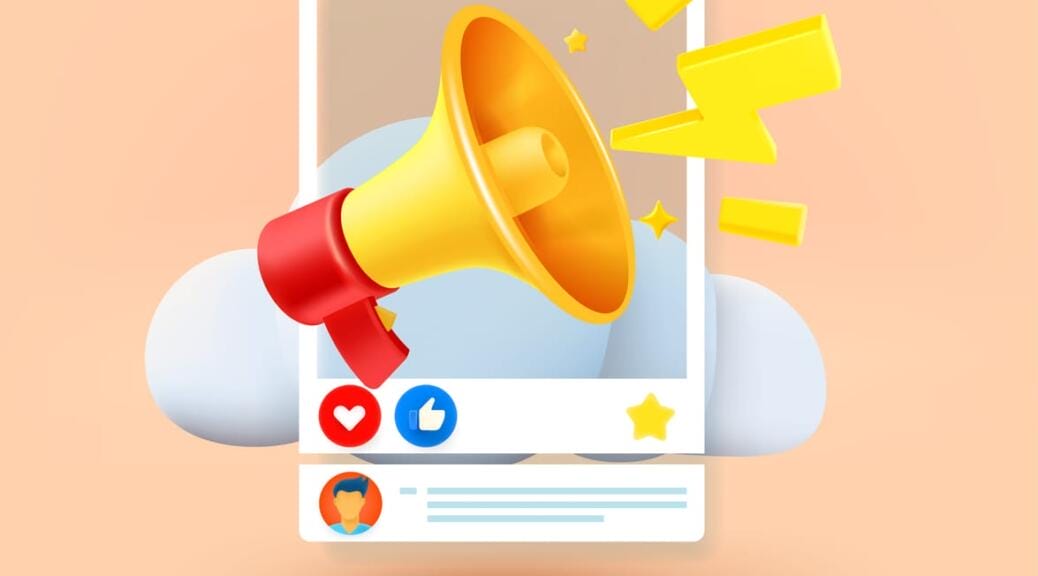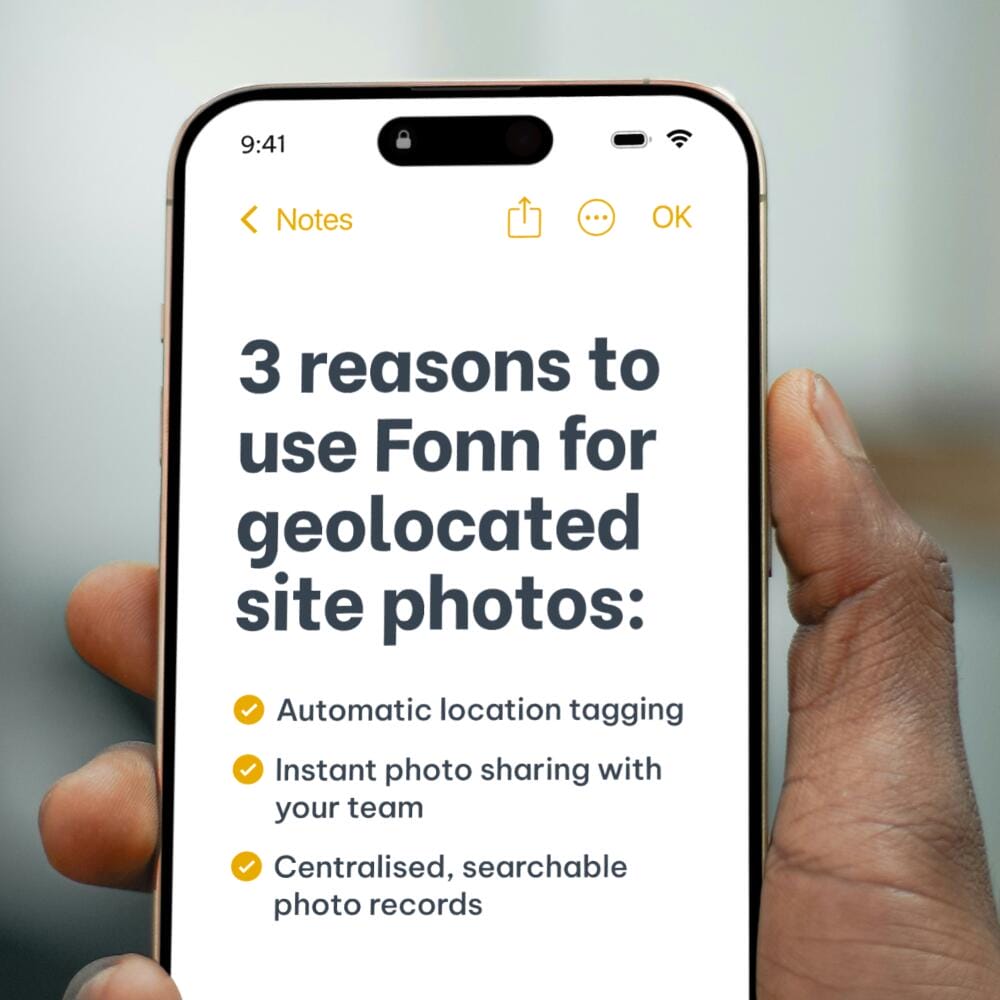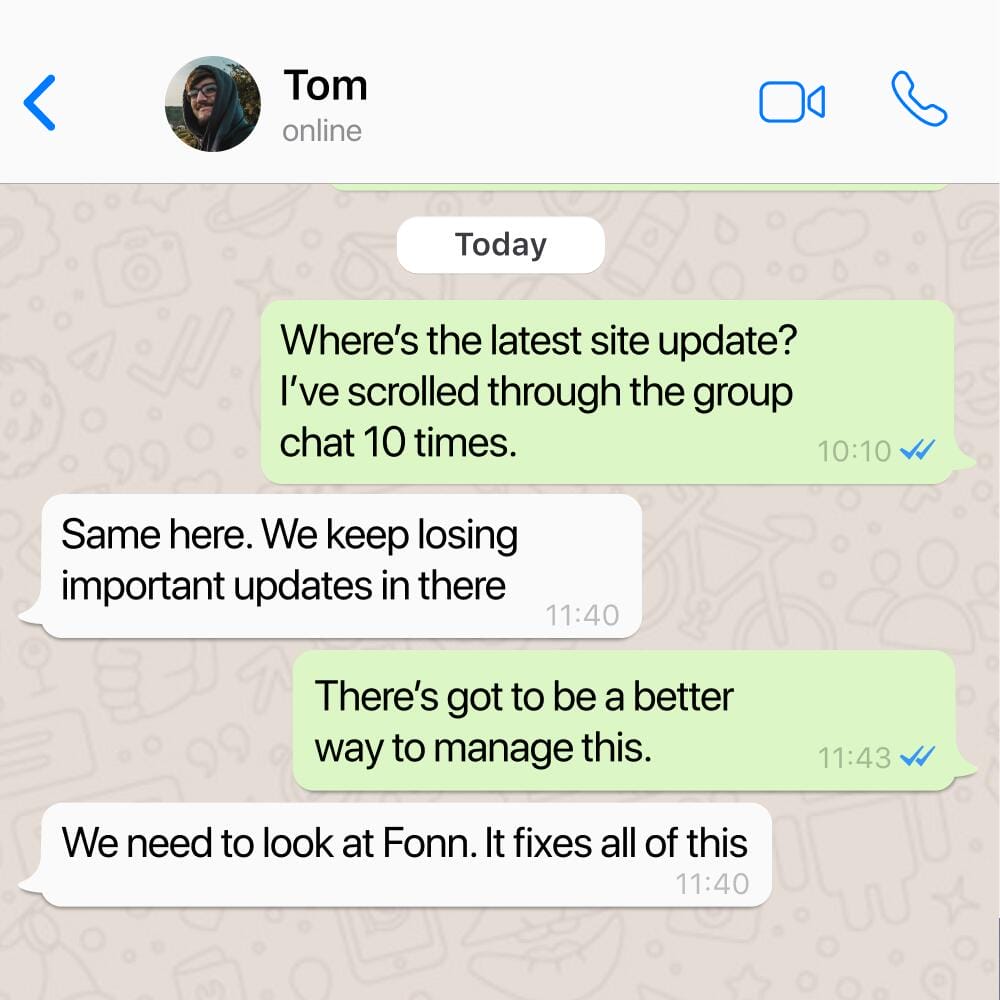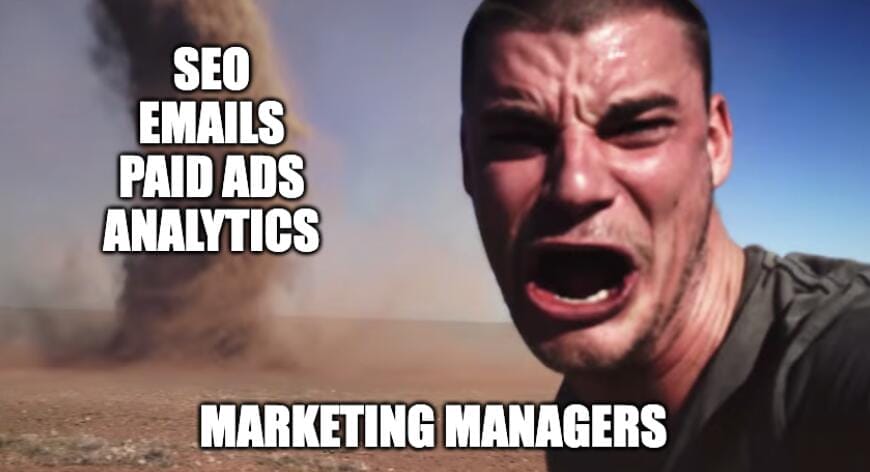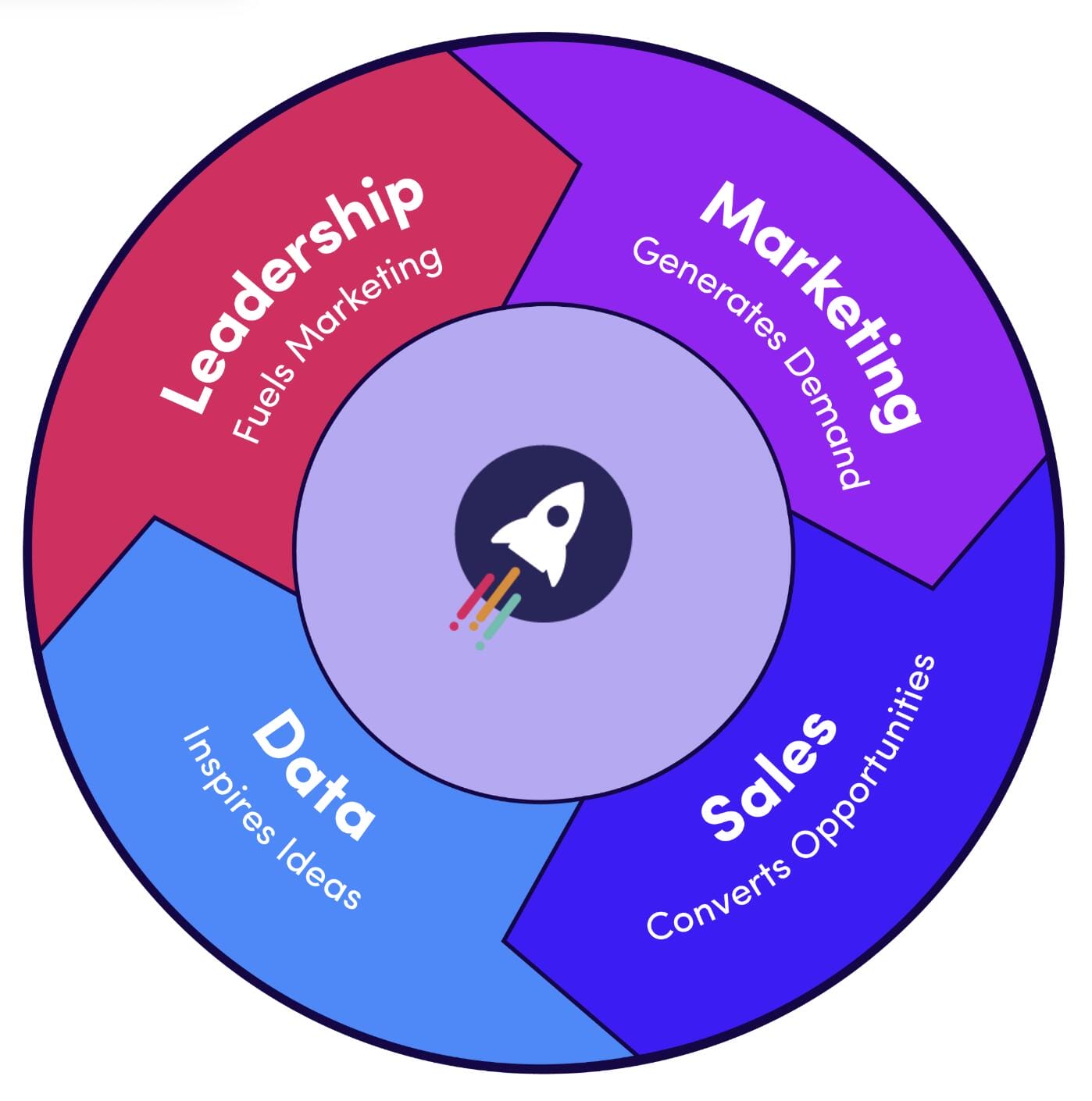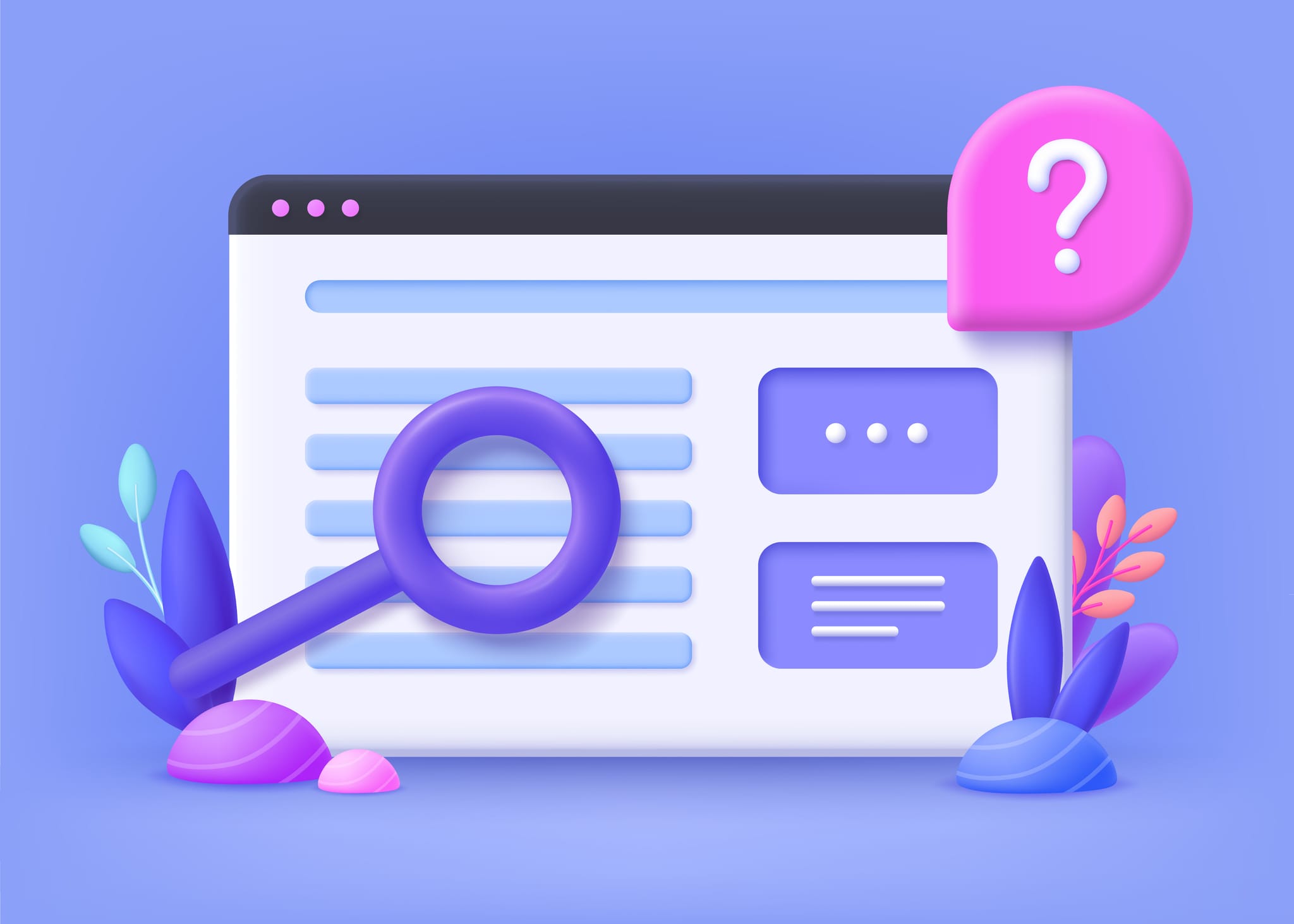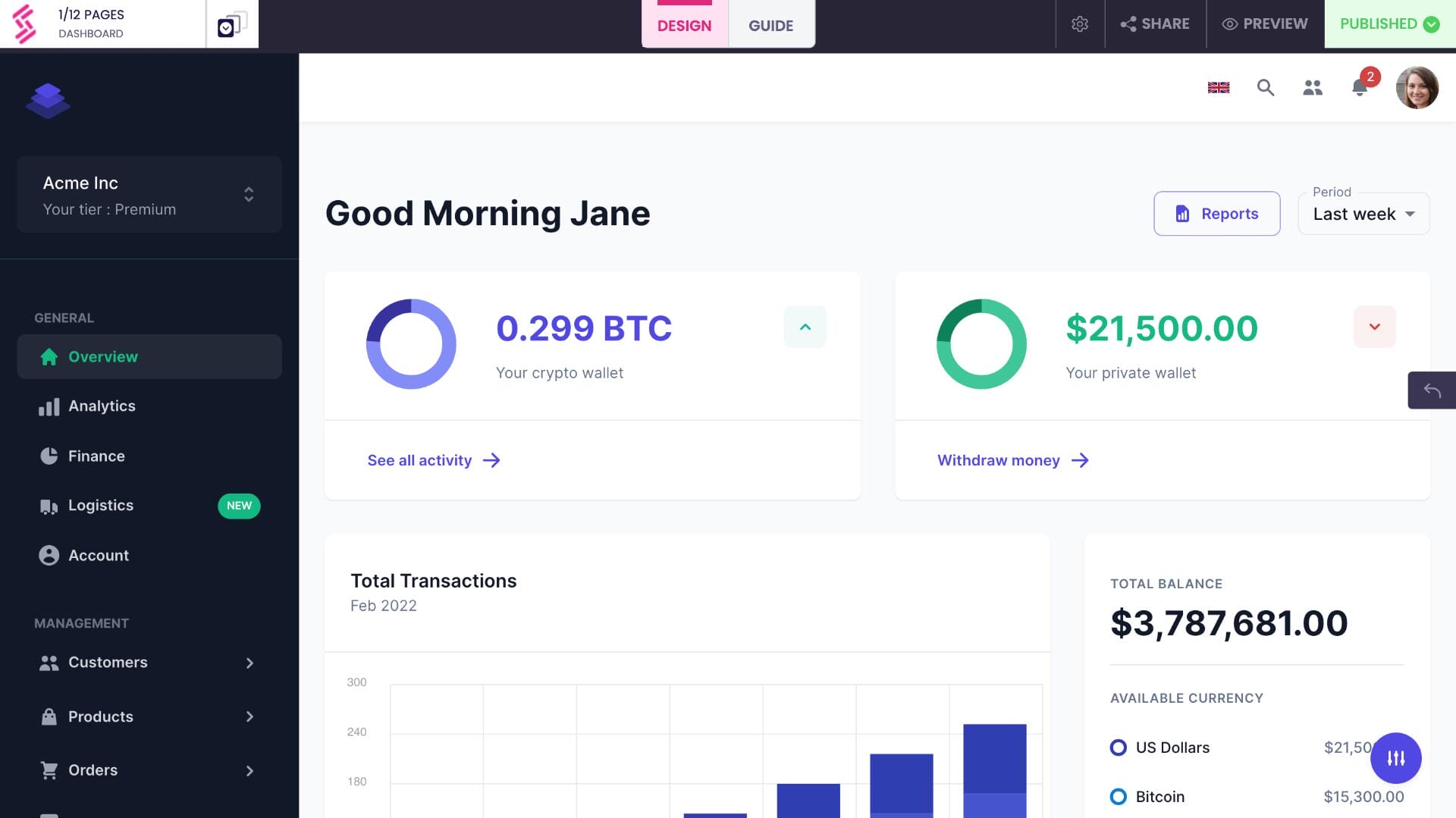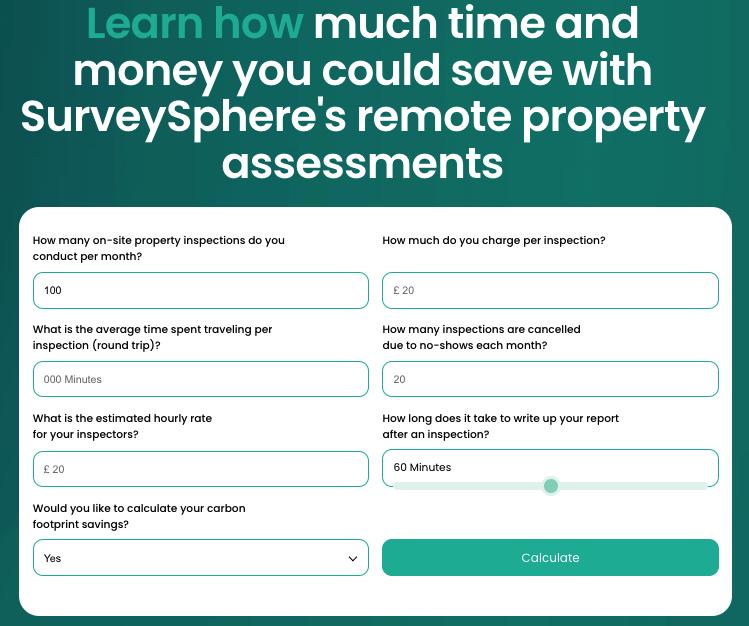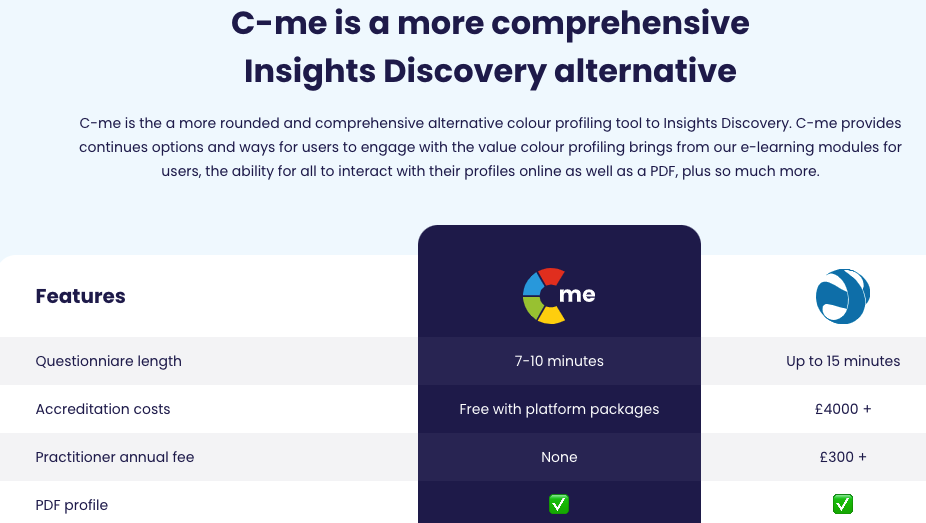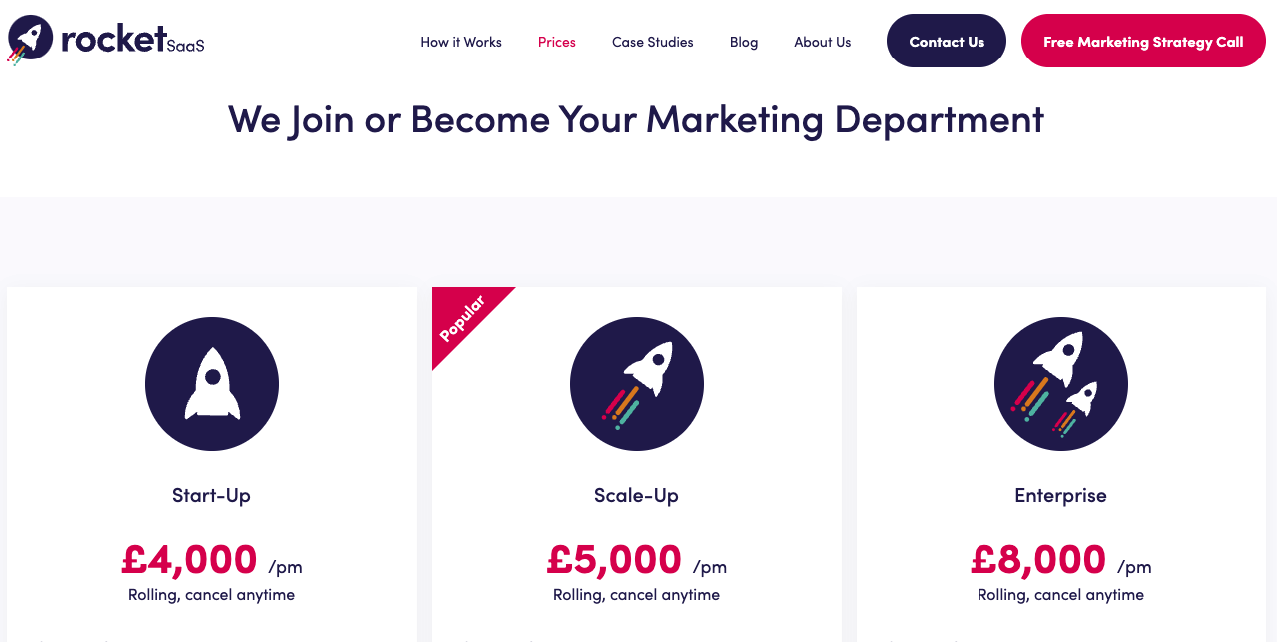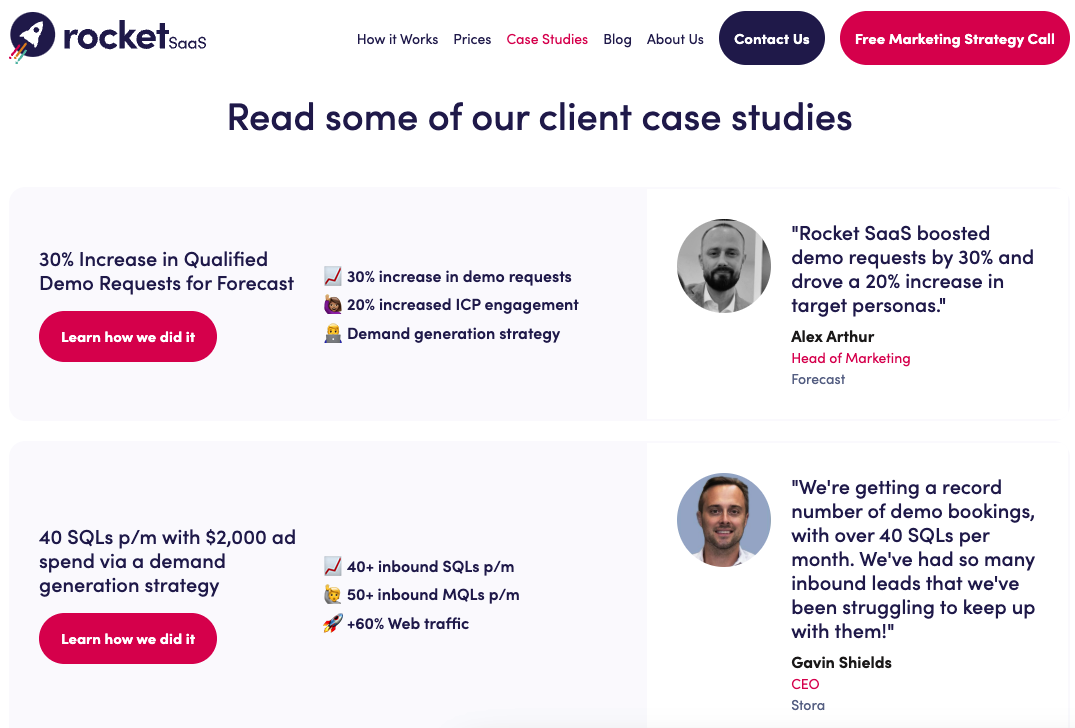Scaling a SaaS business to £2 million in annual recurring revenue (ARR) is no easy feat. However, with the right strategies in place, it’s entirely achievable. I’ve been through the journey myself, and in this blog, I’ll break down the steps that helped me grow Rocket SaaS and share actionable insights for SaaS founders aiming for similar success.
Milestone 1: Going from zero to £100k ARR – The power of hustle and offering free value
When Rocket SaaS started, we had zero revenue. Our first milestone was to reach £100k ARR, and my strategy was simple: work for free or dirt cheap to build a portfolio.
The power of working for free
Starting out, I offered free services to friends, past employers, and anyone willing to take my help in exchange for a testimonial. This helped me build a portfolio and establish a track record of success. The takeaway here is clear: if you have no budget, the best option is to hustle and offer your product for free to get real-world feedback, improve your offerings, and create case studies.
Actionable Step:
- Offer your SaaS product for free in exchange for testimonials and reviews. Find early adopters who will use the product, provide feedback, and become your first case studies.
Cold outreach and hustling for your first clients
I also had to hustle through cold emailing, cold calling, and reaching out on LinkedIn to drum up business. This phase was uncomfortable, but it was critical to scaling my business in the early stages.
Actionable Step:
- Identify your target audience and start cold emailing or DMing them. Personalise your outreach to make it clear that you understand their pain points.
Milestone 2: Going from £100k to £250k ARR – The importance of niche targeting
By the time Rocket SaaS hit £100k ARR, I had already gained valuable customers. But to scale further, I realised that the key was niching down. I focused on serving B2B SaaS startups, which allowed me to better tailor my marketing efforts.
Narrowing down your target market
The next step was to identify Rocket SaaS’ ideal customer profile (ICP). By understanding who my business worked best with, I could create hyper-targeted messaging and marketing campaigns.
Actionable Step:
- Focus on a specific industry or target market. Define your ICP and narrow your marketing to attract them. It will allow you to craft a stronger message that speaks directly to their needs.
Leverage case studies and social proof
Case studies were essential for credibility at this stage. Once I had five solid case studies, I reached out to similar businesses on LinkedIn with personal messages showcasing the results I achieved for other clients.
Actionable Step:
- Collect case studies from your customers and use them as social proof in your outreach. Highlight results in a clear, compelling way that shows how your product can solve their pain points.
Milestone 3: Going from £250k to £500k ARR – Founder-led marketing and lead magnets
Once Rocket SaaS hit £250k ARR, I focused more on founder-led marketing. I decided to share valuable insights via LinkedIn and other social platforms. The key was building a personal brand that became synonymous with SaaS marketing expertise.
Founder-led marketing: Building authority
I made a commitment to post daily on LinkedIn. By sharing helpful insights, tutorials, and lessons learned from running my agency, I started gaining traction as an authority in the space. My posts became a key channel for attracting inbound leads.
Actionable Step:
- Commit to regularly creating content on LinkedIn or other social platforms. Share insights, educate your target audience, and position yourself as an expert in your field.
The power of lead magnets
Another breakthrough for Rocket SaaS at this stage was the use of lead magnets, particularly free audits. Offering a free SaaS marketing audit in exchange for contact information allowed me to attract leads at the top of the funnel and nurture them into customers.
Actionable Step:
- Create a lead magnet, such as a free audit or downloadable guide, and offer it on your website. Use it to capture leads and nurture them with more valuable content.
Milestone 4: Going from £500k to £1 million ARR – Leaning into demand generation
At the £500k ARR mark, my strategy shifted towards demand generation. I started creating content consistently, including newsletters, podcasts, and webinars. This allowed me to reach a larger audience and consistently fill my sales funnel with qualified leads.
Content creation as a lead gen machine
I invested in creating a continuous flow of content. The goal was to keep prospects engaged and moving through the funnel. My strategy included regular newsletters, podcasts, blog posts, and webinars to keep people engaged with the brand.
Actionable Step:
- Start creating and sharing consistent content. Blog posts, podcasts, and webinars are all excellent ways to keep your target audience engaged and nurture them towards conversion.
Paid ads for scaling quickly
Once content started building up, I doubled down on paid ads. With a solid content foundation in place, Rocket SaaS invested in ads to scale even faster. The key was targeting the right audience with the right content.
Actionable Step:
- Invest in paid ads once you’ve built a solid content base. Use Google Ads, LinkedIn, or Meta Ads to target your audience, and push content that resonates with their needs.
Milestone 5: Going from £1 million to £2 million ARR – Hiring A-players and scaling marketing spend
Once Rocket SaaS crossed £1 million ARR, I shifted focus to hiring A-players. By investing in top talent, I was able to scale the agency further. In addition, I increased my marketing budget to continue driving growth.
Hiring A-players to scale your team
At this stage, I was able to afford hiring top-tier talent. By bringing in experienced professionals, I was able to delegate more tasks and focus on scaling the business.
Actionable Step:
- As your business grows, hire experienced professionals in key areas like sales, marketing, and customer service to accelerate growth.
Increasing marketing spend
At this point, Rocket SaaS had a proven track record, and I could afford to scale my marketing budget. My rule of thumb was to allocate around 10% of my revenue to marketing.
Actionable Step:
- Once you reach a solid revenue threshold, increase your marketing budget to expand your lead gen efforts. Invest in more content creation, paid ads, and customer acquisition.
Conclusion: Scaling from zero to £2 million ARR – The key takeaways
Scaling your SaaS business from zero to £2 million ARR is a challenging but achievable goal. By following the strategies I outlined, you can create a consistent flow of leads, build your brand’s authority, and attract the right customers. Here’s a quick recap of the key takeaways:
- Offer free value and work for cheap – Build your portfolio with free work and case studies.
- Find your niche and focus – Identify your ideal customer profile (ICP) and craft targeted messaging.
- Leverage founder-led marketing – Build your personal brand to position yourself as an expert in your field.
- Utilise lead magnets – Create free resources to attract leads and nurture them through your funnel.
- Invest in paid ads – Once you’ve built a solid content base, use paid ads to scale your lead gen efforts.
Follow these steps, and you’ll be well on your way to scaling your SaaS business to £2 million ARR.

